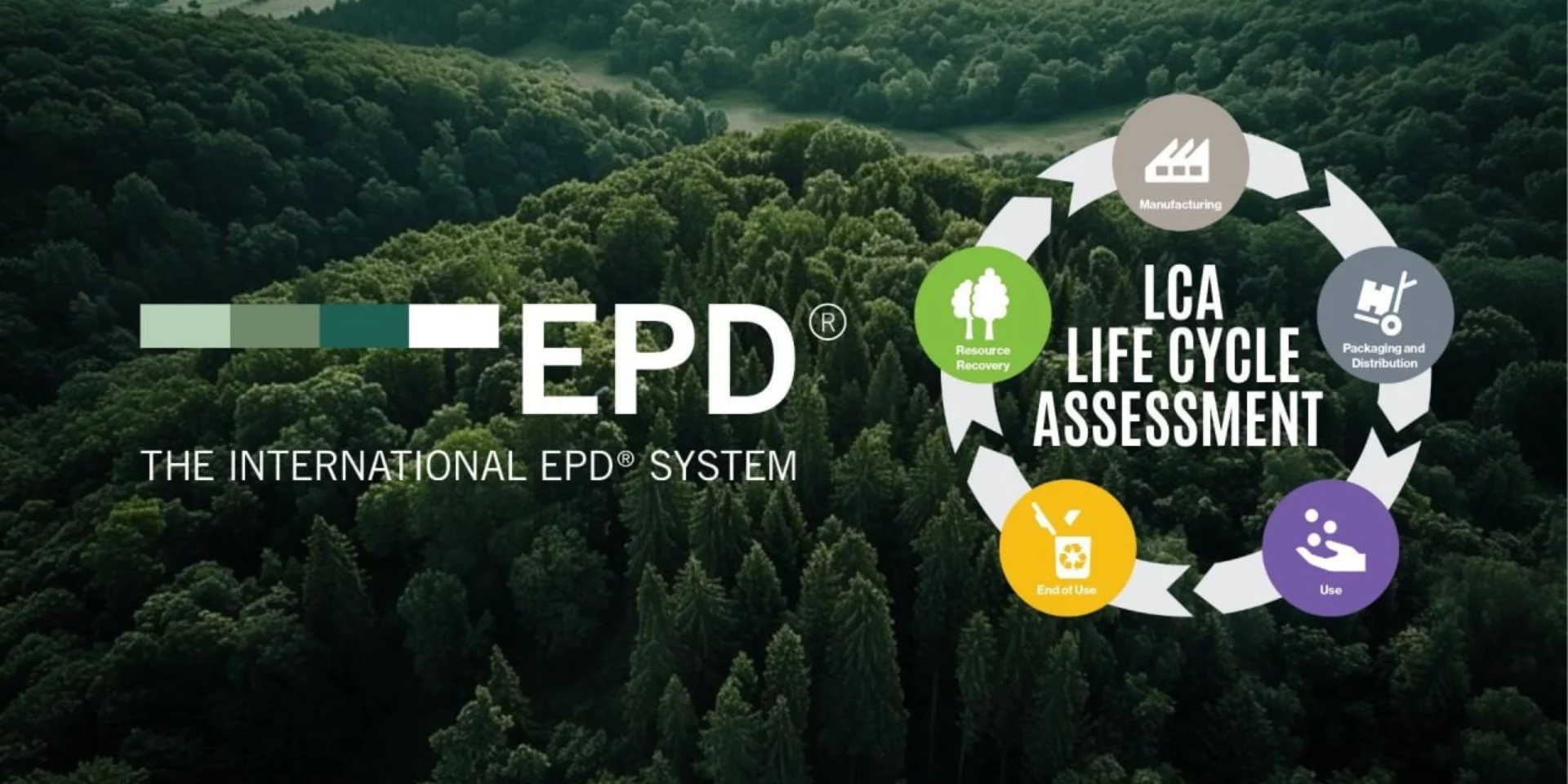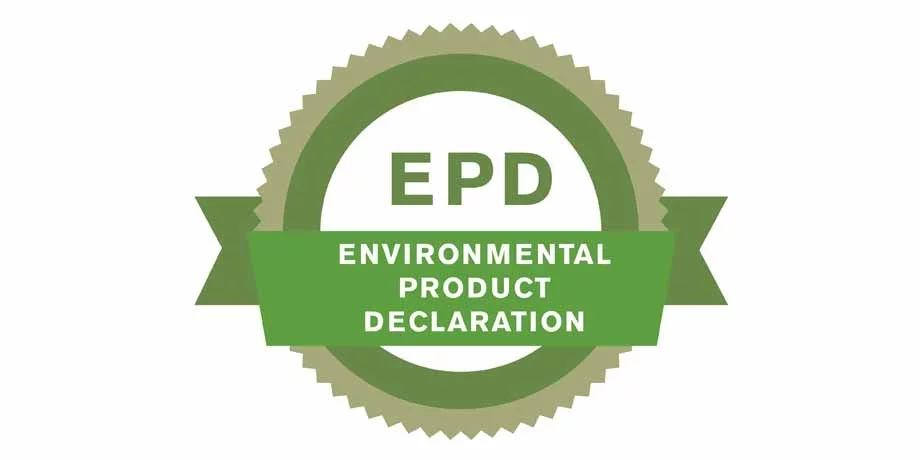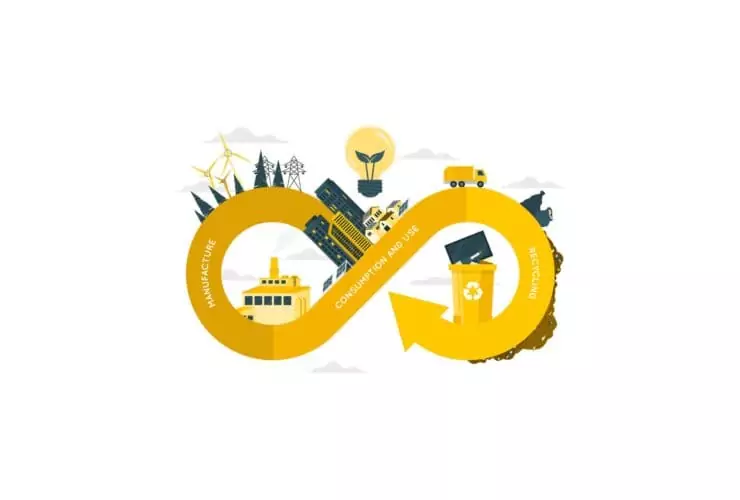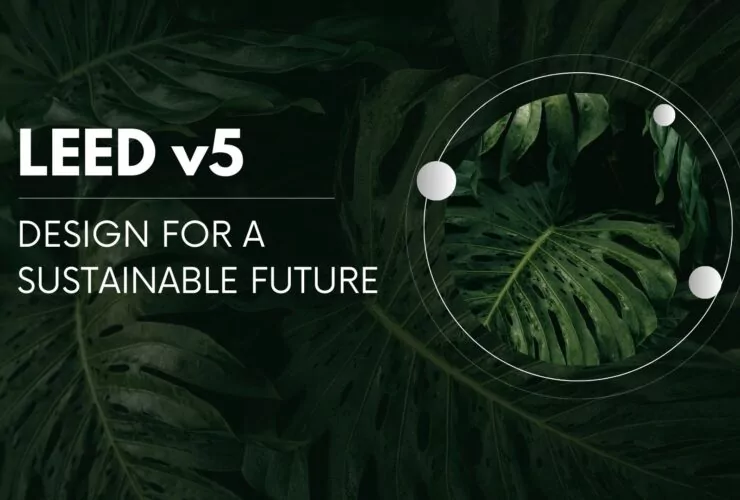How Can Life Cycle Assessment Help Transform Your Workplace & Business?
“The greatest threat to our planet is the belief that someone else will save it.”
– Robert Swan.
This powerful statement highlights the urgent need for individual and collective action in addressing the environmental challenges we face. In the realm of building design, this translates to a proactive, data-driven approach, one that goes beyond passive compliance and embraces a holistic understanding of material lifecycles.
The spaces we inhabit are more than just functional or visually appealing; they are a complex tapestry woven from materials, each with its own story of extraction, processing, transportation, and eventual disposal. Recognizing the profound environmental and social impacts embedded within these material narratives is now a necessity.
Life Cycle Assessment (LCA) of buildings and materials has emerged as a critical tool for understanding and mitigating these impacts, transforming design from a purely aesthetic endeavor to a responsible, data-driven practice. It is a tool that allows us to take responsibility, as Robert Swan implies, and not wait for someone else to act.
Workplace Design Through an LCA Lens: Building Sustainably from the Ground Up
By embedding life cycle assessment (LCA) into workplace interior design strategies, businesses can transform workplaces into engines of sustainability while unlocking operational and reputational value..
Whether constructing new offices or renovating existing ones, life cycle assessment (LCA) provides a critical framework to minimize environmental harm while enhancing occupant well-being. For new workspaces, LCA informs decisions starting at the blueprint stage, while renovations leverage it to break cycles of waste.
For instance, a typical office renovation involving 1,000 m² of carpeting and acoustic ceilings can emit approximately 50 tons of CO₂-equivalent, largely from material production and disposal.
LCA evaluates these impacts across four dimensions:
1. Material Procurement: Building Blocks of Sustainability
The foundation of a sustainable workspace lies in the conscious selection of materials. To achieve this, organizations must prioritize:
- Low-impact alternatives: Bamboo flooring (sequesters 1.5x more CO₂ than hardwood) and recycled PET acoustic panels (divert 30 kg of plastic waste per m²).
- Certifications: Selecting FSC-certified wood and Cradle to Cradle-certified furniture ensures ethical sourcing.
- Circularity: Modular partitions and demountable furniture extend product lifespans by 50%, reducing replacement cycles.
2. Design and Implementation
Translating sustainable material choices into tangible impact requires innovative design and implementation strategies, including:
- Data-driven tools: Platforms like One Click LCA enable real-time comparisons of materials.
- Waste mitigation: Projects adopting “design for disassembly” principles achieve 75–90% waste diversion rates by specifying reusable fixtures.
3. Operational Efficiency
Beyond material selection and design, optimizing operational efficiency is crucial for minimizing the environmental footprint of a workspace. This can be achieved through:
- Low-VOC paints and formaldehyde-free adhesives improve indoor air quality, boosting productivity by 8–11%
- Energy-efficient layouts (e.g., daylight optimization) cut operational emissions by 20–30%.
4. End-of-Life Planning from Day One
True sustainability extends beyond the lifespan of a workspace; it requires proactive planning for the end-of-life of materials. Therefore, organizations can consider:
- Digital records detailing component origins and reuse potential enable future retrofits, such as raised floors reused across multiple projects.
- Specifying non-toxic adhesives and separable assemblies, which simplifies recycling.
While LCA provides a comprehensive framework for assessing environmental impact, businesses need a standardized way to compare materials and make data-driven decisions. This is where Environmental Product Declarations (EPDs) play a crucial role.
By offering transparent, quantifiable data on a product’s life cycle impact, EPDs empower organizations to select materials that align with their sustainability goals.
The Role of Environmental Product Declarations (EPDs)
To achieve sustainability transparency, businesses are increasingly using Environmental Product Declarations (EPDs). An EPD is a standardized document that provides quantifiable environmental data about a product’s life cycle, helping designers and businesses make informed material choices.
By incorporating EPDs into the LCA process, organizations can:
- Compare materials based on environmental impact to make data-driven decisions.
- Meet regulatory and certification requirements for green building standards like LEED and BREEAM.
- Enhance sustainability reporting and ESG compliance by demonstrating a commitment to transparency.
LCA as a Tool for Businesses: Unlocking Long-Term Value
Integrating life cycle assessment into workplace design is a strategic business move. Companies prioritizing sustainable material choices gain:
Cost Savings: Reduced material waste and extended product lifespans lower long-term capital expenditures.
Regulatory Compliance: Staying ahead of tightening sustainability regulations avoids legal risks.
Brand Reputation: Companies that champion responsible sourcing earn consumer and stakeholder trust.
Employee Well-Being & Productivity: Healthier materials enhance indoor air quality and boost workforce efficiency.
ESG Leadership: Demonstrating sustainability commitments strengthens investor confidence and competitive positioning.
In Conclusion
As we navigate the complexities of environmental sustainability, integrating Life Cycle Assessment (LCA) into building design emerges as a pivotal strategy. By adopting a proactive, data-driven approach, businesses can transform workplaces into sustainable hubs that enhance both environmental stewardship and operational efficiency.
This shift not only aligns with global sustainability goals but also positions companies as leaders in responsible design, fostering a future where every structure contributes positively to both people and the planet.
Driving Sustainable Change with Zyeta
At Zyeta, we recognize that sustainable design is the future. Our team of sustainability experts is integrating life cycle assessment processes into workplace strategy, ensuring that businesses can design, build, and operate in a way that aligns with environmental responsibility and long-term success.
To explore how LCA can transform your business and drive positive impact, connect with us today. Together, we can build workplaces that do more—for people, for the planet, and for the future.
Related Reads
05 Impactful Aspects of LEED v5 that Businesses Need to Know Now
How Can You Achieve Top-Tier Sustainability Goals With LEED?
As both an Architect and Architectural Journalist, he thrives on building unique content, with words and thoughts--as his brick and mortar. A natural-born explorer, he puts no limits on things he's passionate about diving into, be it cuisines, cultures or books. An avid fiction reader and a chronic over-thinker, he still finds enough time to be happy-go-lucky and easy to approach.





